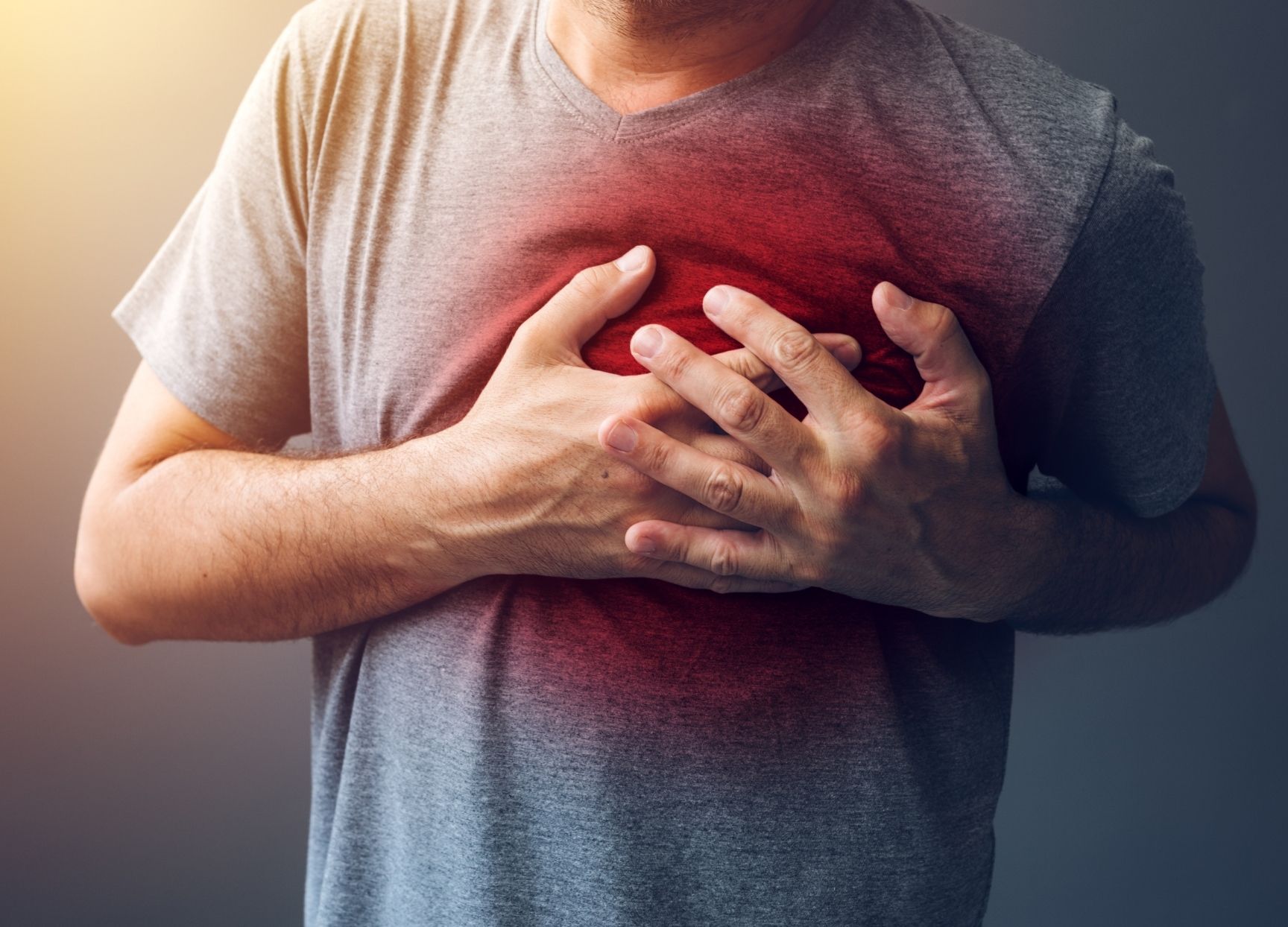POTS is an abnormality of the involuntary nervous system. When a person stands ups, blood vessels will contract to combat the force of gravity and increase heart rate to keep blood pumping without any problems to the chest and head.
When this contraction doesn’t happen, the heart can overcompensate and cause a spike in heart rate when it doesn’t necessarily need to. That alters blood flow to the brain.
